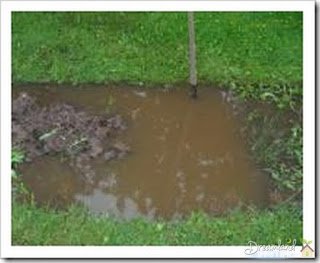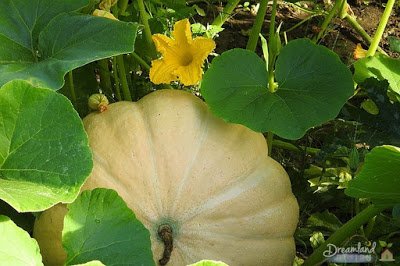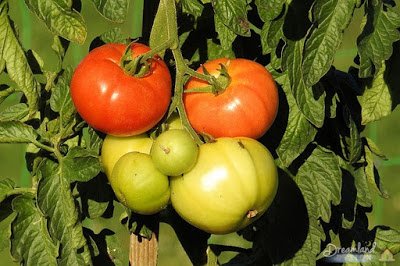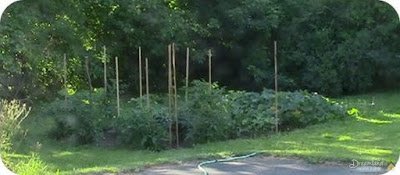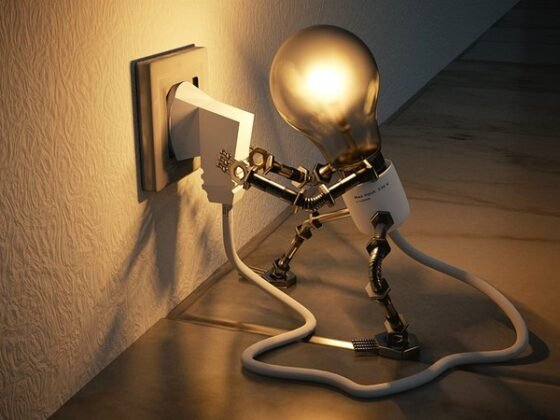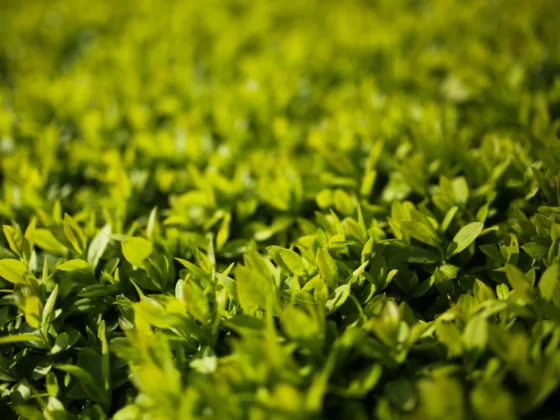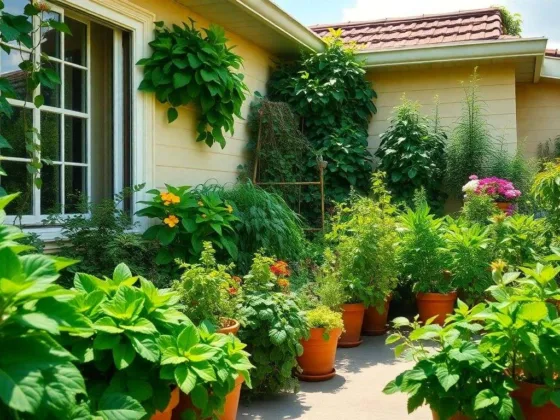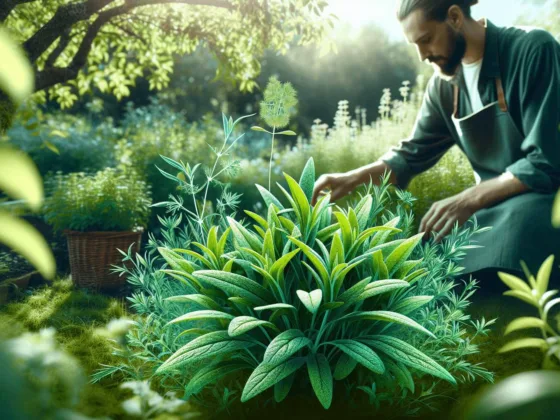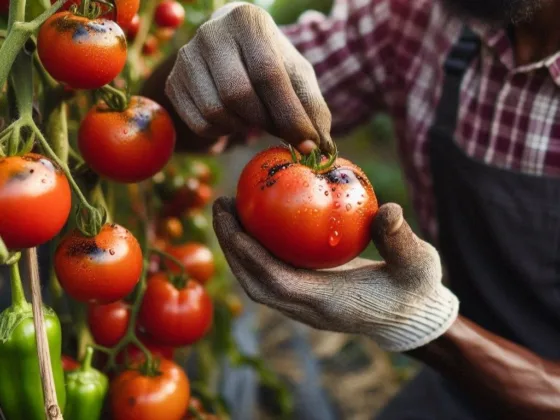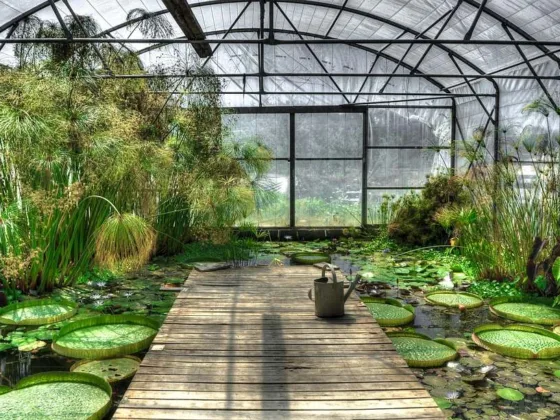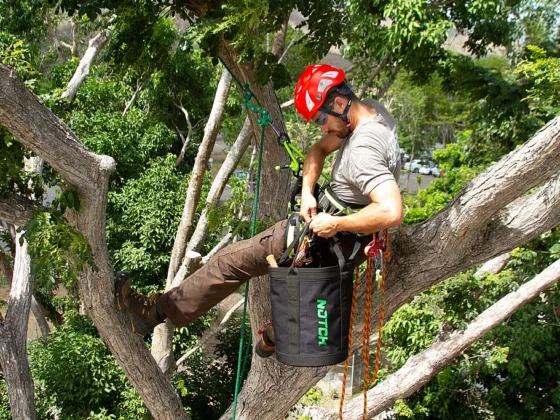Table of Contents Show
Getting into home gardening as a hobby is a very rewarding experience and I’m talking from a bit of experience as I started our vegetable garden as a hobby garden.
Home gardening is relaxing as well as therapeutic while giving you the opportunity to get some exercise outdoors. The fruits of your labor, the organic produce you’ve grown, can be quite a payoff.
As home gardening beginners we started our vegetable garden small enough that it didn’t become overwhelming which was important to me as I really wanted to learn how to be a gardener.
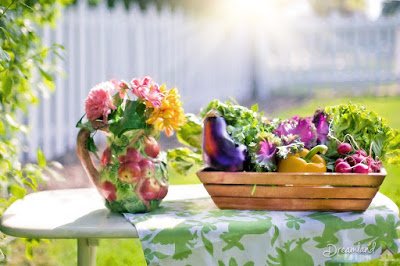
You might be thinking you need to be in the country or have a huge backyard but that’s not the case. My first vegetable garden was started on the 11th-floor balcony I lived in and don’t laugh, my first vegetable garden here on our Moncton home was just 4×4 foot square but it worked.
Armed with a few simple gardening tools, gardening ideas from books and the Internet, and some motivation, you can start discovering your green thumb. Vegetable gardening for beginners can be a little intimidating if you don’t know where or how to start.
Read Also:
Use a Tool You May Already Have
As a beginner gardener, I would suggest you use what tools you have, even if they are old. We were blessed to find some old garden tools in the garage when we bought our home, even though they were a bit rusty. Once you know gardening is what you want to do you can start buying new garden tools.

We try to buy a few new items for our vegetable gardening when sales are on in the fall as we are on a limited budget and need to watch our money. Some of the garden-related things we have now are:
- Garden trowels
- Gardening gloves
- Sun hat
- Watering can
- Garden hose
- Wheelbarrow
- Roundhead shovel
- Garden spade
- Rakes
- Shears
- Garden fork
I now have all the tools I listed above, except for the wheelbarrow. We wanted to have a wheelbarrow that has two wheels so it would be easier to move around and require less balancing on our part.
Since then I have borrowed our neighbor’s wheelbarrow which has just one wheel and it was fine, so this fall we plan to pick up a wheelbarrow just like it.
Plan Your Landscape
Your vegetable gardening experience could start with a traditional in-ground garden or raised bed gardens which have become quite popular or even a container garden which is how we started a few years ago.
Of course, your particular choice will depend on where you live. If you have a space in your background, make a plan for your vegetable garden so that you have the most direct sunlight you can get in your yard.
Investing the time to plan your veggie garden will allow you to maximize your garden space so you can grow the most with the space you have. You can also choose the right spots for companion plants, vines, and trellises.
Prepare Your Garden Soil
A traditional in-ground garden requires that you check the soil. Despite your best gardening efforts, poor soil quality can’t yield good crops at all. What makes a good soil? A high-quality soil for gardening is well-aerated, but not sandy; free of stones and other obstructions; rich in organic matter, such as compost or aged manure; and slightly acidic.
Soil that’s too compact won’t drain well but at the same time, soil that’s too loose soils won’t hold enough moisture. For these reasons, you need to find a point in the middle.
Our garden soil was such dense clay that it wouldn’t allow water to drain for days. We added peat moss the first year which helped but by adding more peat moss and compost the following year we made a huge difference and after just three years of the garden, we had soil that drained well.
No, we also keep all the fallen leaves and add them to the compost bin as well as directly into the vegetable garden for the winter. Each year we add sheep manure while planting as it won’t burn the roots as other manures can.
Grow The Vegetable You Love To Eat
Vegetable gardening for beginners can be a little daunting especially when deciding which fruits and vegetables to grow. It can depend on the weather and what will grow best in the type of soil you have in the garden. But, most importantly, plant what you want to eat and what your family eats.
I am a member of Mike The Gardener’s Seed of the Month Club and get 4 packages of seeds each and every month. Now I grow my vegetable plants from seed instead of the expense of starter plants.
I love using herbs when I cook and most of the time we use dried herbs but we also like fresh herbs so I started an indoor herb garden from seed and they sit right on our windowsills where I can just walk 4 feet and cut what I want.
As a vegetable gardening beginner don’t let the idea that you have to start growing your garden from seed hold you back. If that sounds intimidating or too much work to start with just go to your local nursery and buy starter plants. We did that for the first 4 years before I tried growing everything from seed.
This year I want to try preserving or canning tomatoes and salsa so most of my garden is tomatoes and peppers, in a number of varieties. I also have cucumbers, winter squash, pumpkins, peas, and beans.
Next year I will increase the size of our vegetable garden, again, like I’ve done each year since we started veggie gardening as beginners.
Read The Instructions
If you take the time to read the instructions for each seed type or starter plant you will learn what each plant requires to give you the best chance at a great harvest. I have made a lot of mistakes and still produced veggies, so don’t be scared off by instructions.
Once your vegetable garden has been planted the only thing you need to do is keep it watered, preferably in the early morning before the sun is too hot.
I don’t do a lot of weeding as I like to do what’s called square foot gardening utilizing every square foot so that things will grow well but help to keep the weeds down.
In conclusion, vegetable gardening for beginners should be fun so learn what each plant requires and start it right.


